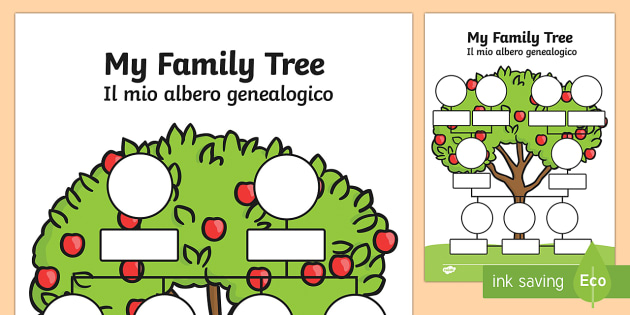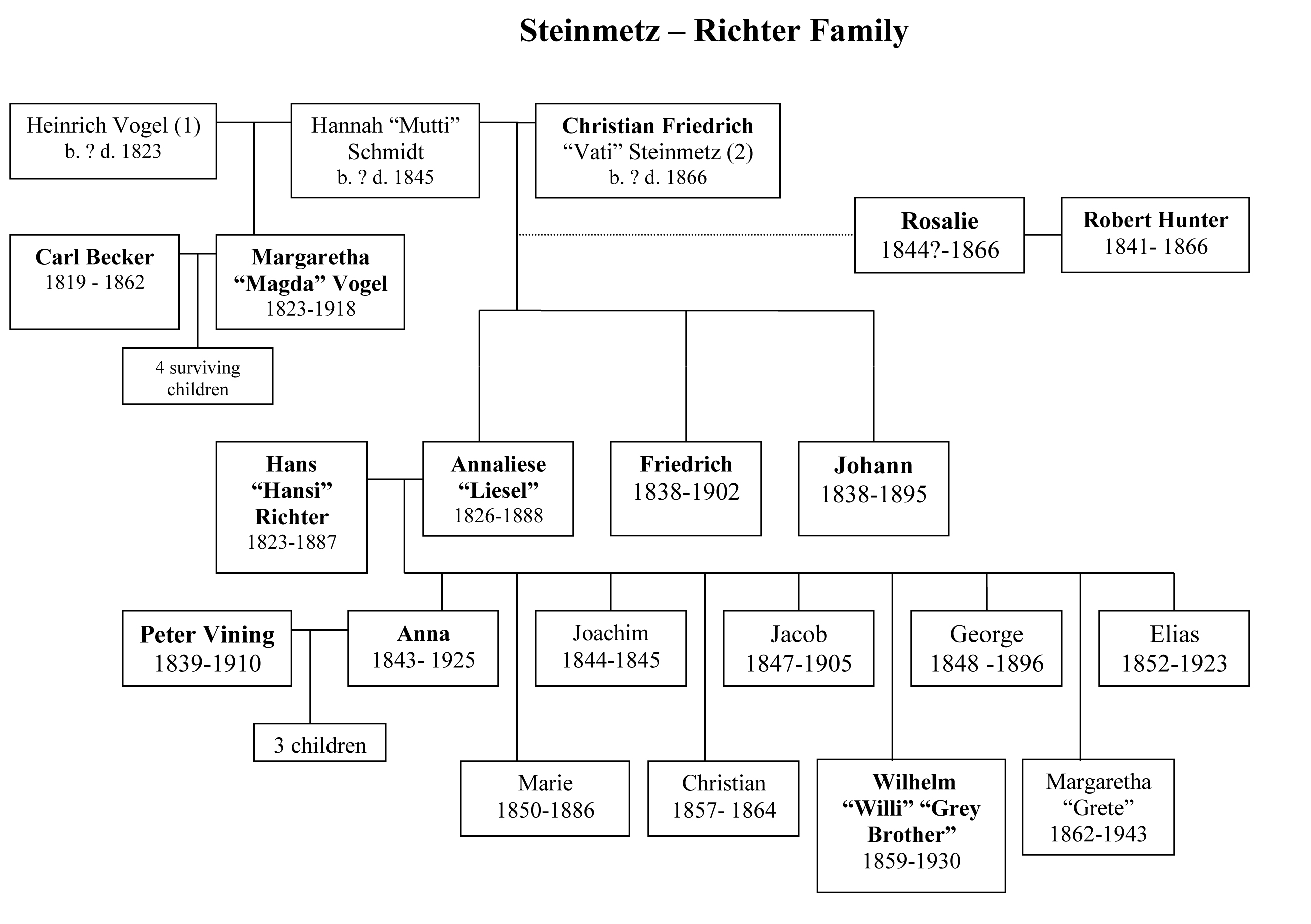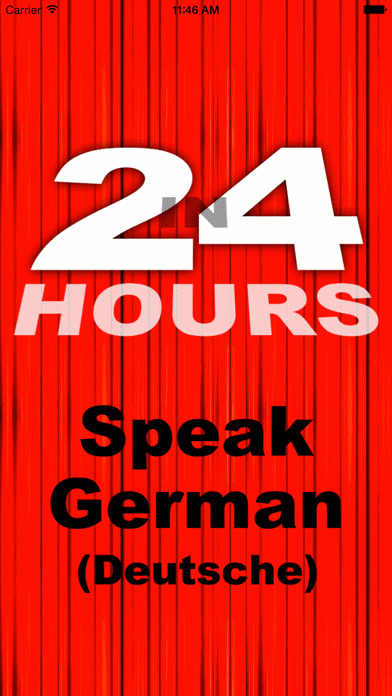A language family is a group of languages related through descent from a common ancestral language or parental language, called the proto-language of that family. the term "family" reflects the tree model of language origination in historical linguistics, which makes use of a metaphor comparing languages to people in a biological family tree, or in a subsequent modification, to species in a. Germanic languages, branch of the indo-european language family. scholars often divide the germanic languages into three groups: west germanic, including english, german, and netherlandic (dutch); north germanic, including danish, swedish, icelandic, norwegian, and faroese; and east germanic, now. Check out the family tree german genealogy guide available on our store. this entry was posted in genealogy research strategies , german genealogy , how-tos & tutorials , world war i genealogy , your ethnic heritage and tagged first world war , german , german language , german records , newspaper , world war 1 ..
The western german is recognized as the standard german of which most people of germany speak. there are also numerous german dialects, many found in the different regions of germany. it is a language also spoken in locations around the world.. Despite being close geographically, the tree highlights the distinct linguistic origins of finnish from other languages in scandinavia. finnish belongs to the uralic language family and shares. We will also discuss the difference between the formal and informal "you" in german - a vital cultural and language distinction that english-speakers need to understand! cognates one of the first things you'll notice is that many of the german words for the family are similar to the english terms..




0 komentar:
Posting Komentar